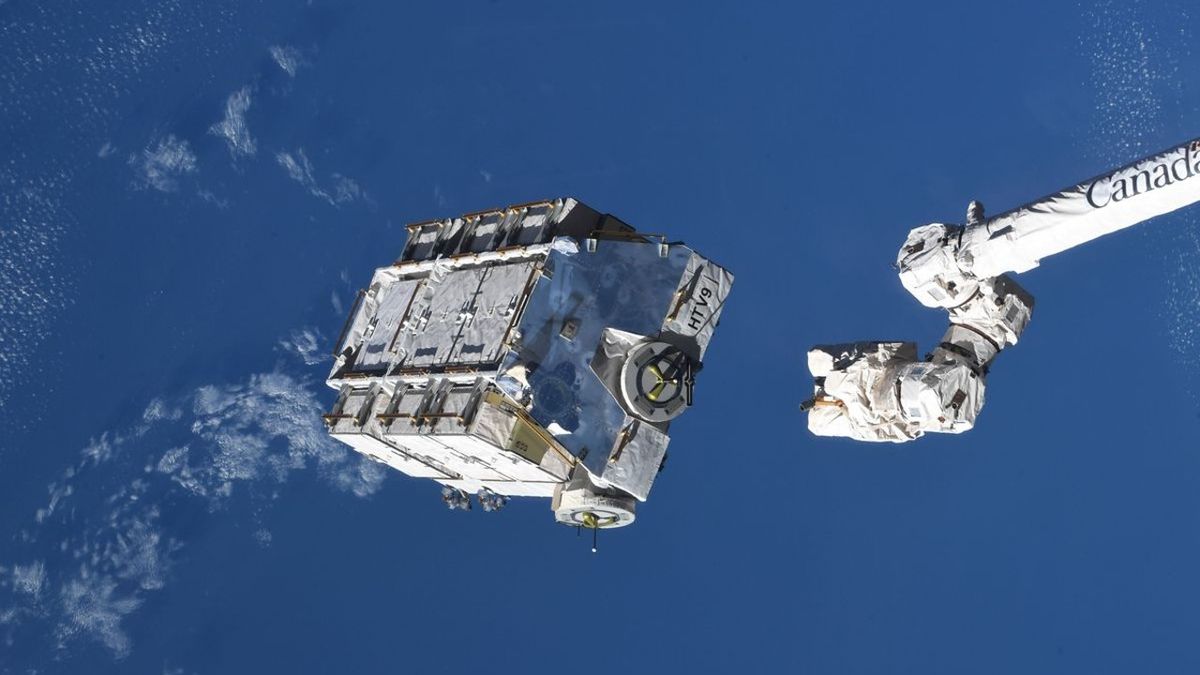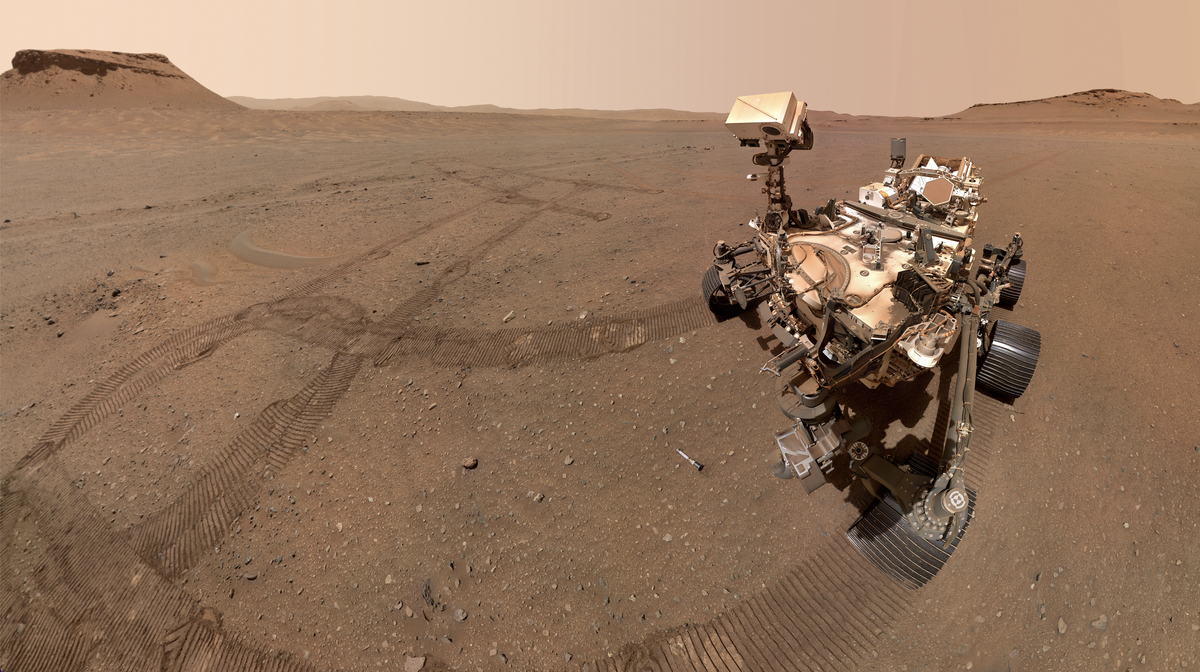Debris from International Space Station Crashes Through Florida Home
An enigmatic object that plummeted through a residential home in Florida is suspected to be remnants from the International Space Station (ISS). The cylindrical fragment, measuring a few inches in length and weighing close to 2 pounds (0.9 kilograms), breached the roof and both stories of Alejandro Otero’s residence in Naples, Florida, at 2:34 p.m. local time on March 8, causing alarm to his son.
The exact origins of the object are yet to be conclusively determined; however, Otero postulates that it may be one of the nine drained batteries discarded from the ISS. On the same day, a substantial cargo pallet carrying these batteries, under the ownership of the Japanese space agency JAXA, re-entered Earth’s atmosphere over the Gulf of Mexico. Initially, the debris was expected to disintegrate upon re-entry into the atmosphere, but it appears that at least one piece remarkably survived.
Otero shared on social media platform X, formerly known as Twitter, his astonishment at the incident, connecting it to the aforementioned cargo pallet. He stated, “Looks like one of those pieces missed Ft Myers and landed in my house in Naples,” highlighting the extent of the damage caused. Subsequently, Otero surrendered the celestial debris to NASA officials for further analysis.
NASA’s Response and Ongoing Investigation
Joshua Finch, a spokesperson from NASA, confirmed that the space agency is collaborating with Otero to investigate the exogenic object. NASA has retrieved the item and plans to conduct a thorough examination at the Kennedy Space Center in Florida, aiming to ascertain its precise origin.
Upon the identification of the object’s source, Otero intends to pursue a claim against the federal government to cover the expenses of repairing his home. Nevertheless, the complexity of this process may escalate if the material is attributed to JAXA.
Global Incidents of Falling Space Debris
Florida is not the sole location to experience events of falling space debris. In recent years, various parts of the world have been affected by plummeting remnants of missions. Notable instances include China’s Long March 5B boosters descending on regions such as the Ivory Coast, Borneo, and the Indian Ocean. Additionally, debris from SpaceX rockets has landed in unexpected places like a farm in Washington state and a sheep farm in Australia.
Monitoring the vast array of space junk remains a challenge for space agencies worldwide, given the prevalence of thousands of unidentified objects orbiting the Earth. Scientists have proposed innovative strategies to combat this issue, ranging from utilizing nets and clawed robots to deploying extensive tethers from spacecraft to capture debris.
Image/Photo credit: source url





